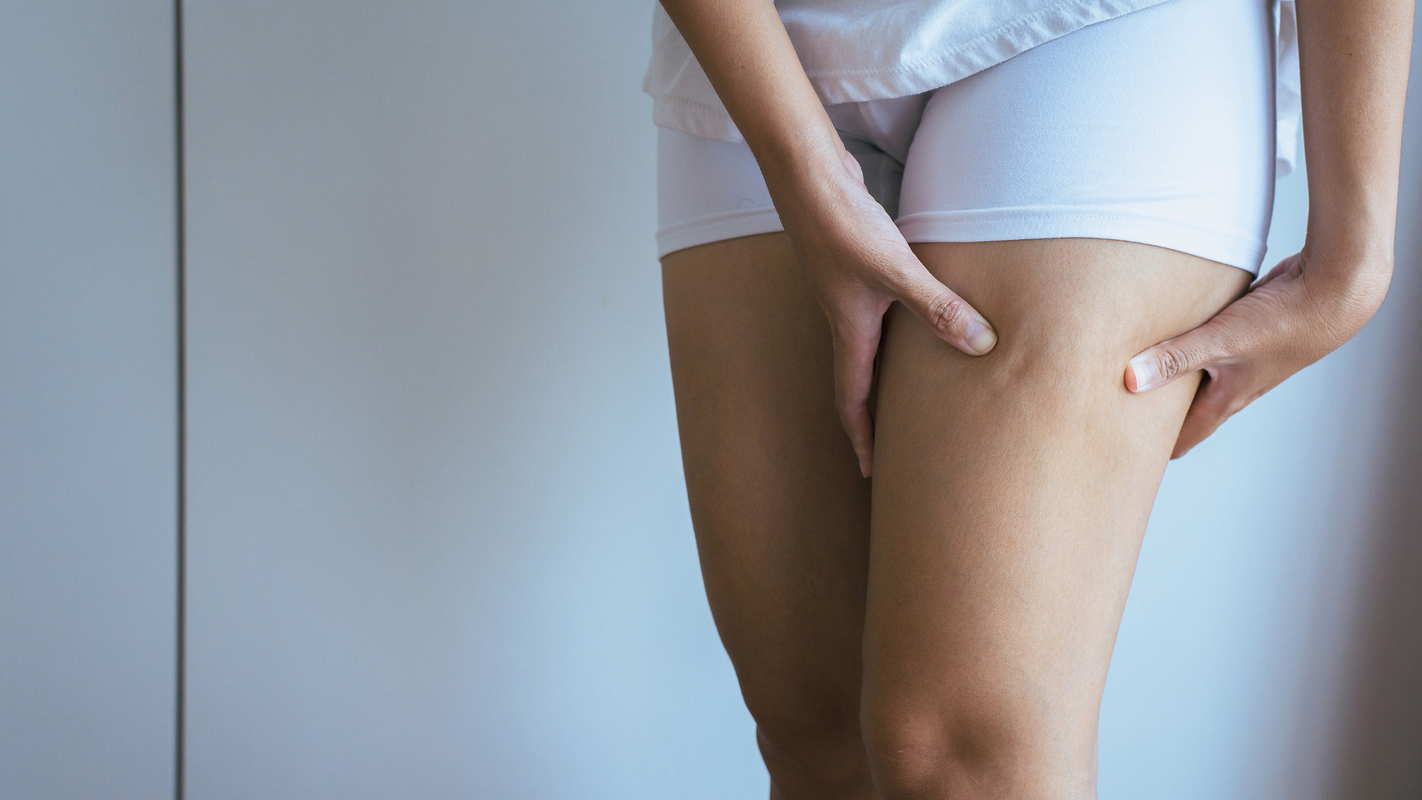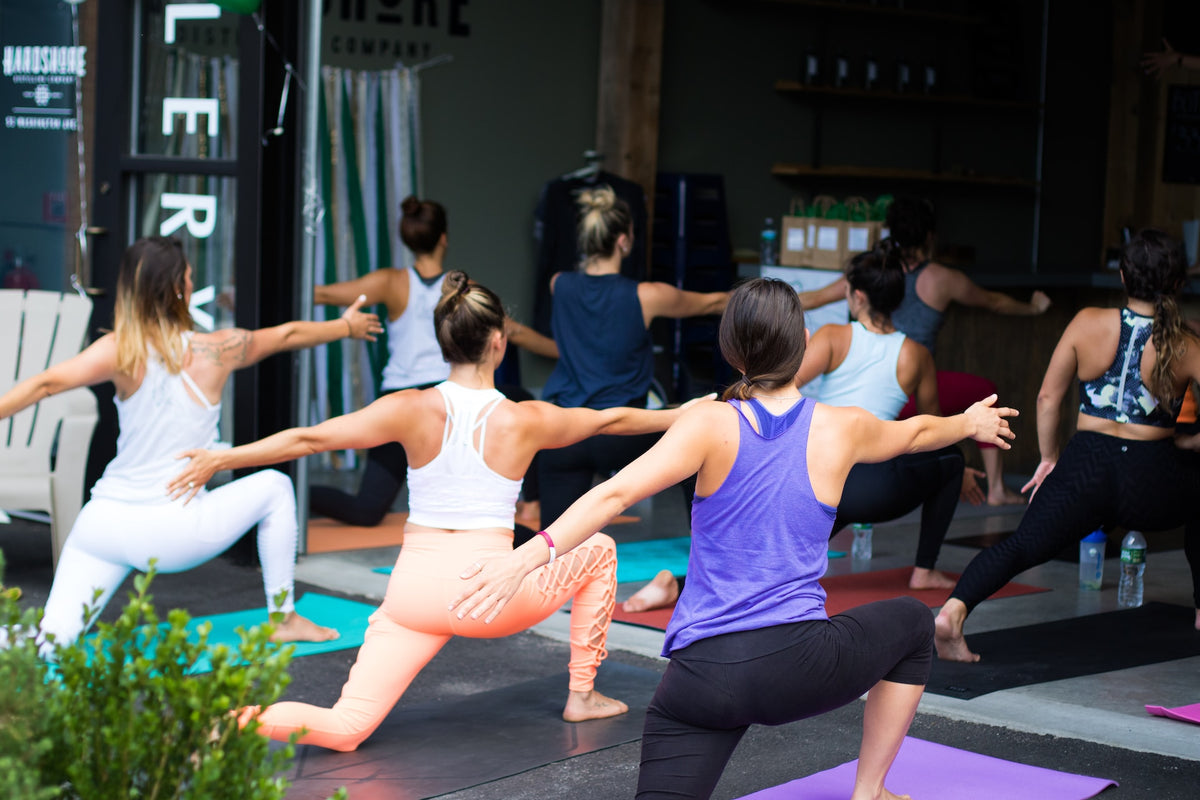When you're faced with the challenges of lipedema and water retention, it can be you may find yourself on a bumpy path at times. But don't be discouraged, because you are not alone. There is a supportive community standing by your side.
In this compelling article, we explore how targeted exercise and regular movement can help you can help alleviate your symptoms and improve your well-being. Exercise is much more than a simple means to physical health. It is a powerful self-care tool Self-care tool that empowers you to be proactive with your body and strengthen it in positive and supportive ways. Venture down this path with us and discover the ease that movement can bring to your life.
Physical activity and lipedema
Let's first take a closer look at lipedema to understand how it works and how exercise can make a difference. Lipedema is a chronic condition that predominantly affects women. It is characterized by an uneven distribution of fat cells in certain areas of the body, most commonly the legs and arms. Symptoms vary, but often include pain, swelling and a feeling of heaviness or pressure in the affected areas. For some people, this can limit mobility and affect quality of life.
Now is the time to shed light on the positive impact of physical activity. Several studies have shown that regular, moderate exercise plays an important role in in alleviating the symptoms of lipedema. These benefits manifest themselves in many forms:
1. Reducing inflammation: Physical activity has an anti-inflammatory effect, which can have a positive impact on the body and especially on conditions such as lipedema, which are often associated with inflammatory processes. When you exercise regularly, your body releases a number of substances that have anti-inflammatory effects. These include certain proteins known as cytokines, which help reduce inflammation in the body. When inflammation is reduced, the pain and discomfort that often accompanies lipedema may also decrease. In addition, exercise can help reduce the risk of other health problems associated with inflammation, leading to improved overall health.


2. Improve blood circulation: Circulation is crucial for our body. It ensures that oxygen and nutrients are transported effectively to our cells and supports the removal of waste products and toxins. When you are physically active, you increase your heart rate and thus the speed at which blood flows through your body. This not only improves nutrient delivery to your cells, but can also help reduce the symptoms of lipedema. Activating your muscles can also improve lymphatic circulation, which in turn can help reduce fluid retention and swelling. Overall, improved circulation helps to increase overall well-being and relieve the symptoms of lipedema and water retention.
3. Pain relief: Pain can be one of the most distressing symptoms of lipedema, but regular exercise can really make a difference here. During and after exercise, the body releases endorphins. These naturally occurring chemicals act in the brain much like powerful painkillers. They interact with neurotransmitters in your brain and can suppress the pain signal, resulting in you feeling less pain. The release of endorphins can also help lift your mood and promote an overall sense of well-being. Thus, exercise can not only help relieve the discomfort and pain associated with lipedema, but it can also improve your overall quality of life.

By understanding the relationship between physical activity and lipedema, we can Develop strategies to improve your well-being and help you regain control of your health your health.
Water retention and physical activity
Water retention, also known as edema, occurs when fluid accumulates in the Body tissues and leads to swelling. It is a common symptom in many conditions, including lipedema, and can cause discomfort and pain cause. As with lipedema, physical activity can be a powerful ally in dealing with Water retention.
When you move, your muscles are activated and act as a kind of "pump" for the Lymphatic System. This helps to move excess fluid out of the body more effectively and can help relieve the swelling and discomfort associated with water retention alleviate. It's like a natural drainage process that can help improve your well-being and control your symptoms and gain control over your symptoms.
Now that you have a better understanding of how exercise can help treat lipedema and Water retention, you may be asking yourself, "How should I exercise?" There is no One-size-fits-all solution, but here are some recommendations for effective exercise that is tailored to the needs of of people with lipedema and water retention:
Start gently: Gentle exercise is an excellent entry point into fitness, especially if you're still feeling unsteady or just starting out. Exercises like yoga, Pilates or water aerobics are not only easy on the joints, but also promote the Activation of your lymphatic system. They improve your flexibility and endurance and can and can serve as a wonderful outlet to relieve stress. And not to forget, they can help you connect more deeply with your body and better understand its needs better understand its needs.
Integrate strength training: To complement gentle exercise, it's important that you also Integrate strength training into your fitness program. This training can help strengthen your Muscles to strengthen, which in turn is good for your overall health and supports the function of your lymphatic system. Don't worry, strength training doesn't necessarily mean lifting heavy weights you have to lift heavy weights. Light weights or even bodyweight-based exercises can be very effective Can be very effective and help you gradually and safely increase your physical strength gradually and safely.
Constancy is key: The intensity and duration of your workouts are not as important as the regularity. It's less about how hard or how long you train, and more rather, it's about developing a consistent routine. Even if you only manage a few Minutes a day, that's perfectly fine. Every step counts and every Effort, no matter how small, is progress on your path to improving your Well-being.
Think about breaks: Remember that recovery is just as important as the workout itself. It's essential that you listen to your body and give it the time it needs to recover. Therefore, consciously plan breaks and remember that it is not about high-performance sports but about caring for and supporting your body.
Individualize your workouts: Every body is unique, and so it's crucial that you find a training program that is tailored to you and your individual needs needs. A physical therapist or fitness consultant who has experience with lipedema and Water retention can help you create an exercise program that is tailored to you Exercise program for you. They can give you valuable advice and help you to exercise safely and effectively, while taking control of your well-being Well-being. It's your body, and you deserve an exercise program that is tailored to your specific needs and abilities.
In closing, we want to tell you once again: despite the challenges that lipedema and Water retention can bring, you have the power to take action and alleviate your symptoms Symptoms. It's a journey that will require patience and compassion with yourself, but every small step you take is a step toward feeling better. You are not alone on this journey. There is a community of people who are going through similar experiences and are willing to share their successes and challenges. You are strong and you can walk this path walk this path. You have all the resources you need within you - never forget that.




